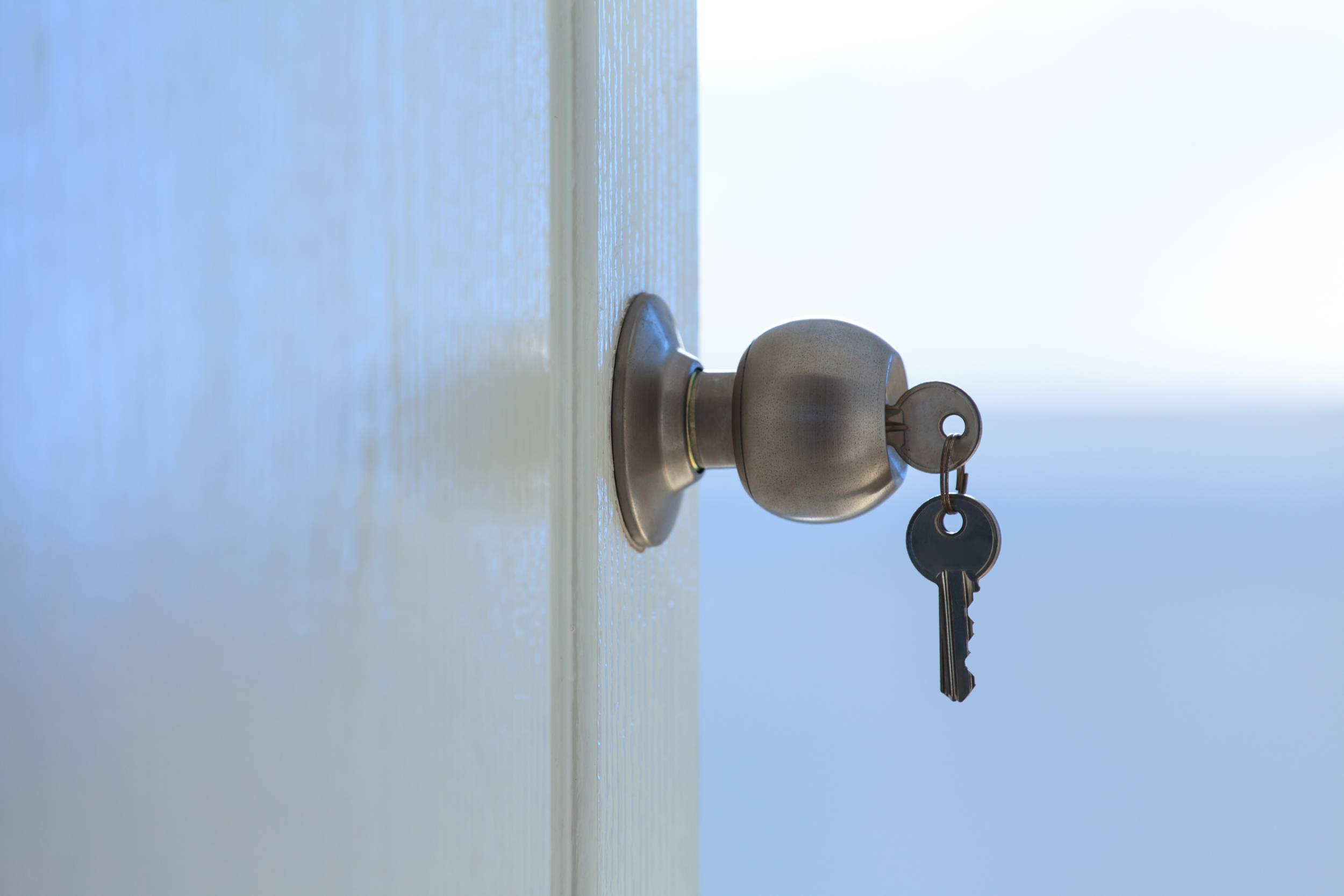A duty has fallen on letting agents and landlords – to carry out risk assessments for legionnaire’s disease, and if necessary, take action. The Health and Safety Executive has released a revised Approved Code of Practice: Legionaires’ disease: The control of legionella bacteria in water systems.
It underlines legal requirements for landlords and managing agents to ensure that the risk from exposure to legionella from all water systems in residential rental premises is controlled. Whose responsibility it will be – i.e., agent or landlord – can be answered by a simple question: if a tap breaks or leaks, who is responsible for getting it repaired?
The new guidance insists that landlords and agents must keep records for at least five years. They must give details on all aspects of risk assessment control. To comply with the law, landlords and agents need to be aware that legionella bacteria can multiply in hot or cold water systems and storage tanks, and be spread via showers and taps. Risk assessments must identify and assess potential sources of exposure, and steps take to prevent or control any risk that is identified.
Legionella Risk Assessments can normally be carried out by a competent person, and include assessing whether conditions are right for bacteria to flourish some of the checks are, water temperatures between 20C and 45C, areas of stagnant water, infrequently used outlets, debris in the system, and thermostatic mixing valves should all be inspected.
Tenants should also be advised about risks, and told to take precautions such as flushing through showers they rarely use.
I am City & Guild trained in providing landlords Legionella Risk Assessments for their properties. The landlord will receive a full report including photos providing any findings and areas of concern. If any works are required a quotation will be provided by a plumbing contractor.
Guidance notes for tenants will also be given or left in the property.



